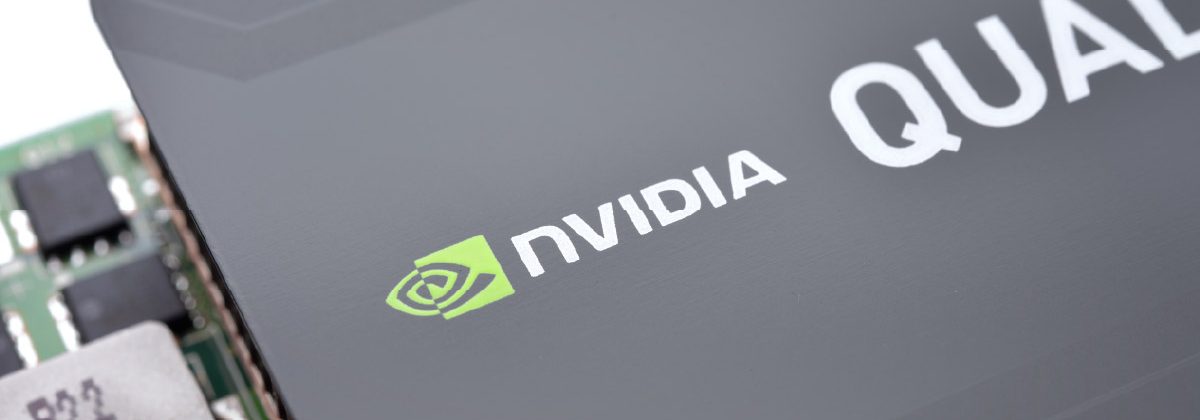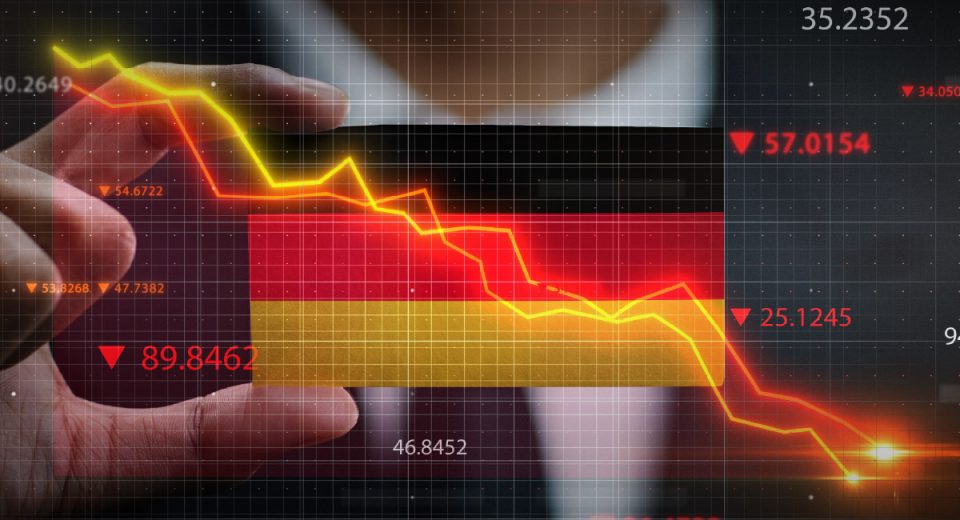The Way Nvidia-Intel Deal Could Shape Wall Street Trading

In an unexpected move, Nvidia invested $5 billion in Intel, gaining a minority stake of roughly 4% in the company on September 18, 2025. Nvidia now has the second-largest stake in Intel, just behind the US government. Wall Street was quick to react to Nvidia’s announcement of “a deep, multi-generational partnership.” Intel’s stock surged nearly 22.8% the next day, driving the Nasdaq 100 up by 209.40 points. The stock reached an 18-month high, rising 82.15% YTD within three weeks of the deal. Meanwhile, Nvidia’s stock surged nearly 11% during the same period.
Nvidia’s investment is seen by many on Wall Street as a powerful endorsement that validates Intel’s turnaround strategy and foundry ambitions. For long-term investors, this fundamentally changes Intel’s investment case from a “struggling underdog” to a key player in the AI revolution. This optimism is likely to spread across technology stocks, with the partnership opening fresh avenues of innovation in the AI and chip-making sectors. Dive into what this means for trading tech-heavy indices, such as the Nasdaq 100.
Implications for Nvidia and Intel
According to Nvidia, the goal of the collaboration is to accelerate data centre applications and workloads “across hyperscale, enterprise and consumer markets.” While the deal does not give Nvidia the right to make operational decisions, it does offer greater access to the x86 processor market. The deal opens up an annual market opportunity worth $50 billion, expanding the market for both companies.
Intel gets to adopt the Nvidia’s NVLink technology. This may also help Intel take back dominance of the processor market from AMD, which leads with a 32% share, as of October 2025. For Nvidia, the deal offers a way to reduce its dependence on Taiwan Semiconductor Manufacturing Company (TSMC) by potentially using Intel’s manufacturing facilities for some products. This move has geopolitical significance and helps secure its supply chain.
Impact of the Partnership on US Technology Indices
The federal government, Intel and Nvidia have formed a powerful trio against the burgeoning Chinese AI sector. Nvidia also entered into a $100 billion deal with OpenAI, a week after the Intel deal. The scenario points to a greater consolidation in the US technology space and a growing trend of “coopetition” driven by the vast AI market. Such deals potentially benefit several supporting industries:
Memory Chip Suppliers
High bandwidth memory chips (HBMs) are crucial to AI training. The deal may benefit suppliers, such as Micron and Samsung.
Chip Design Machinery
With Nvidia and Intel planning to integrate their respective GPUs and CPUs, the demand for advanced chip design tools may surge. Stocks of ASML, Synopsys and Lasertec may benefit. This may also offer an expansion opportunity for chip packaging and instrumentation firms.
Data Centre Technologies
Although Nvidia’s NVLink is gaining market attention, Broadcom and Marvell dominate the networking space for data centre management. The deal stands to intensify the competition and drive demand for rivals as well.
AI PCs
Intel and Nvidia are joining hands to develop powerful AI-integrated PCs. This is set to redefine the PC space. PC makers, such as Dell, HP and Lenovo, may gain from their AI-powered models.
Tips for Gaining Exposure to Tech Stocks
The US is focused on gaining dominance in the AI landscape, especially over China. Identifying the exact stock to trade against this backdrop can be overwhelming. Trading indices is a simple way to gain exposure to the US technology sector and spread risk at the same time. Here are some tips to trade with greater confidence.
Turn Those News Alerts On
Nvidia has had a year full of acquisitions and deals. Not to be left behind, Alphabet, Meta, Oracle and salesforce have also entered deals and acquired AI companies to strengthen their position in the market. These events impact the wider technology sector.
For instance, when Perplexity announced a free version of its AI-native browser, Comet, on October 1, 2025, Alphabet’s stock shed nearly 0.54% in value. Similarly, Apple’s shares surged after the company announced “half a dozen” AI acquisitions, as well as a $100 billion investment to expand its manufacturing capabilities in the US.
News breaks lead to stock volatility, leading to investing opportunities also for index traders. You can practise news trading on a demo account to be prepared to capture such volatility.
Take Advantage of Pullbacks
While the broader technology sector has a positive outlook, pullbacks may offer opportunities to enter the bullish trend. Much like DeepSeek disrupting the AI market in January 2025.
Learn to distinguish between pullbacks and trend reversals. Develop a trading plan using technical indicators that help determine the trend (MACD), its strength (ADX), and potential pullback levels (Fibonacci). The key to trading pullbacks is timing your entry to take advantage of the breakout after a pullback.
Strengthen Your Hedging Game
While US technology stocks have been witnessing a strong upward momentum, high consolidation increases the risk of a bubble burst. Analysts have been warnings of the likelihood of an AI bubble for some time now. Make sure you hedge your positions in tech-heavy indices like the Nasdaq 100 with un-correlated or poorly correlated assets.
While the global optimism for AI is rising, the sentiment is shifting towards newer regions, such as Germany, France, the UK and Canada. You could explore the emerging AI markets, which are developing their AI potential via international collaboration. You could also hedge with safe havens like gold and the USD. Also, consider using CFDs for hedging. These derivative instruments offer a way to hedge long positions with short ones while trading indices and other assets.
To Sum Up
- Nvidia’s $5 billion investment in Intel is redefining the US technology sector.
- The deal is poised to fuel growth for both Nvidia and Intel, while also having implications for competitors.
- Trading indices gives you broad exposure to technology stocks, without having to conduct thorough analysis on individual stocks.
- News of technology sector M&As, partnerships and regulatory changes induce volatility in technology stocks and related indices.
- Refine your trading plan by adding news and pullback trading, while hedging downside risks.
Disclaimer:
All data, information and materials are published and provided “as is” solely for informational purposes only, and is not intended nor should be considered, in any way, as investment advice, recommendations, and/or suggestions for performing any actions with financial instruments. The information and opinions presented do not take into account any particular individual’s investment objectives, financial situation or needs, and hence does not constitute as an advice or a recommendation with respect to any investment product. All investors should seek advice from certified financial advisors based on their unique situation before making any investment decisions in accordance to their personal risk appetite. Blackwell Global endeavours to ensure that the information provided is complete and correct, but make no representation as to the actuality, accuracy or completeness of the information. Information, data and opinions may change without notice and Blackwell Global is not obliged to update on the changes. The opinions and views expressed are solely those of the authors and analysts and do not necessarily represent that of Blackwell Global or its management, shareholders, and affiliates. Any projections or views of the market provided may not prove to be accurate. Past performance is not necessarily an indicative of future performance. Blackwell Global assumes no liability for any loss arising directly or indirectly from use of or reliance on such information here in contained. Reproduction of this information, in whole or in part, is not permitted.




